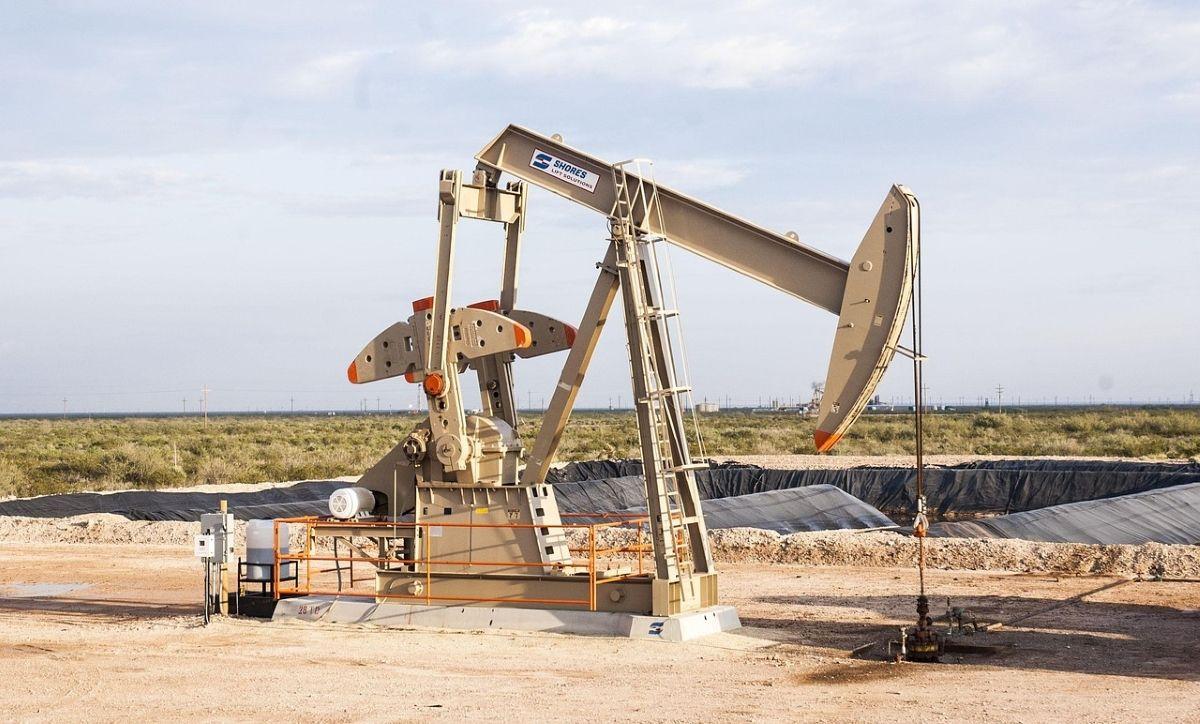Oil Slips as Russia’s Novorossiysk Restarts Loadings
By Tredu.com • 11/17/2025
Tredu

Resumed flows cool last week’s spike
Oil slipped in early trading as Russia’s Novorossiysk resumed crude loadings, a restart that tempered the risk premium built up after last week’s attack related suspension. Brent hovered around the mid-$60s per barrel and West Texas Intermediate traded close to $60, with both benchmarks giving back part of Friday’s rally that followed the halt at the Black Sea hub. The port’s return to service signals a partial normalization of exports that account for a meaningful slice of Russian seaborne flows.
What changed over the weekend
Data and industry sources indicated that Novorossiysk, briefly offline after a Ukrainian strike damaged infrastructure, restarted loadings on Sunday. Prior headlines put the suspension at roughly two days and highlighted the port’s importance to Russian exports and to the Caspian Pipeline Consortium system. With operations back, the acute supply fear faded, encouraging some profit taking after last week’s jump.
Price picture, in numbers
Brent eased about 50 cents in early deals to the low-$64 area, while WTI slipped by a similar amount to the high-$59s, according to market roundups published Monday. Those moves reverse a portion of Friday’s more than 2 percent gains that were driven by the initial export halt. The retracement reflects cooler near-term risk, not a wholesale change in the geopolitical backdrop.
Why the restart matters for balances
Novorossiysk channels Russian and Kazakh barrels to global buyers. When a hub like this pauses, even briefly, traders reprice prompt risk, tighten spreads, and bid up nearby deliveries. Once loadings restart, spreads can soften and flat prices often ease, especially if macro signals are neutral. The latest shift fits that pattern, a quick premium build followed by release as loadings restart.
Risks that keep a floor under prices
The restart does not erase hazard. Reports continue to track strikes on Russian refineries, including facilities at Ryazan and Novokuibyshevsk, which can disrupt product markets and alter crude runs. Policy noise, from sanctions enforcement to shipping insurance scrutiny, remains in play. Any fresh outage at Black Sea terminals or along pipeline feeders could quickly re-inflate the risk premium.
Macro overlay, positioning, and flows
Broader markets matter. When equities wobble and the dollar firms, crude often struggles to sustain rallies. Speculative length has been cautious, reflecting concerns about demand elasticity at current price levels and the possibility that supply growth outside OPEC could cap upside. In this context, the return of Novorossiysk loadings encouraged funds to trim longs into strength and rebuild dry powder for event risk.
OPEC+ backdrop and supply optics
While today’s story is the restart, traders still watch OPEC+ policy signals and the pace of non-OPEC additions. Expectations for modest quota flexibility into 2026, combined with steady U.S. output and episodic logistical hiccups, have produced a market that reacts to disruptions but fades them when barrels come back. Monday’s slip reinforces that dynamic.
Technical markers traders are using
Technicians flagged round-number psychology near $60 for WTI and $64 for Brent. A sustained close below those handles could invite a deeper test of recent range lows, while a firm reclaim above last Friday’s highs would argue the risk premium is sticky. For now, intraday momentum softened as supply headlines improved, consistent with range-bound trading into the next macro data prints.
The headline terms, reflected in context
With the port back online, the tape reads plainly: Oil slips as Russia’s Novorossiysk restarts loadings, and oil slips as Novorossiysk loadings restart across market notes. The phrasing captures the driver, a supply disruption that eased, and the immediate price response, a modest give-back of last week’s risk-bid. The underlying conflict and infrastructure vulnerability still hang over sentiment.
Bottom line
Monday’s pullback is a function of restored flows from Novorossiysk, not a resolution of underlying risks. As Russia’s Black Sea exports normalize, prices ease, but the market will keep a weather eye on refinery hits, shipping conditions, and policy moves that could quickly tighten balances again.

How to Trade Like a Pro
Unlock the secrets of professional trading with our comprehensive guide. Discover proven strategies, risk management techniques, and market insights that will help you navigate the financial markets confidently and successfully.


